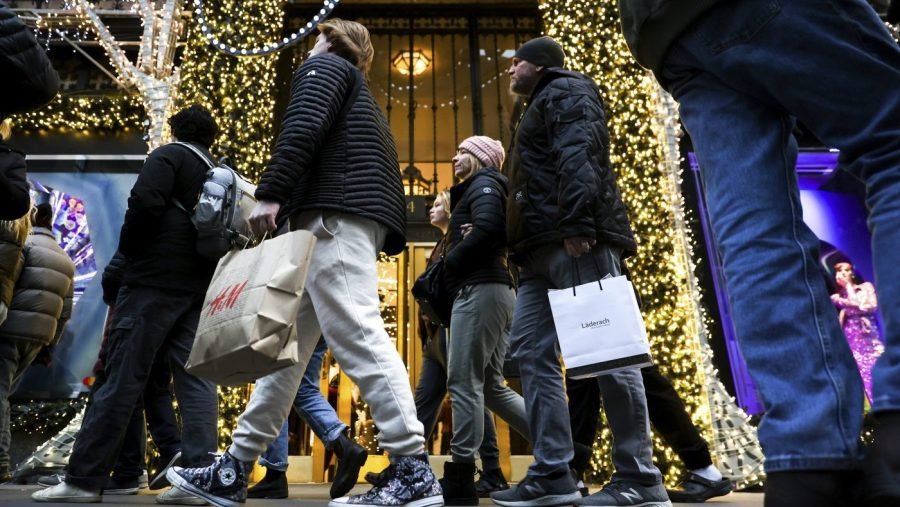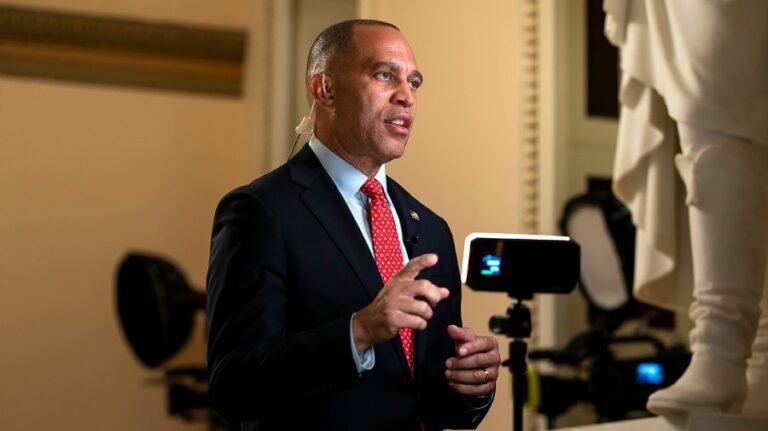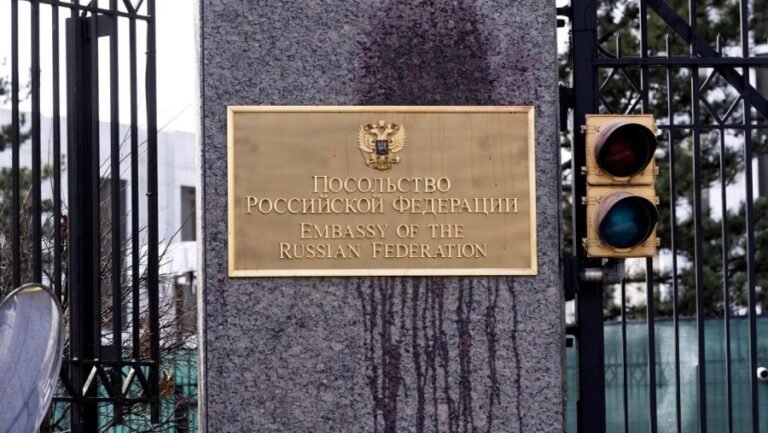
The Trump administration’s tariffs could make holiday shopping more expensive this year, pushing up prices on imported goods from clothing to electronics.
A new LendingTree analysis estimates that if current tariffs had been in effect last year, American consumers would have faced an additional $28.6 billion holiday gift burden — about $132 per shopper.
“For most Americans, spending an extra $132 at the holidays is significant,” LendingTree’s chief consumer finance analyst Matt Schultz said in the report. “It could prompt people to cut back on gift-giving this year or lead to them taking on extra debt.”
The largest tariff impact would have come from electronics ($186 per shopper), followed by clothing and accessories ($82) — the vast majority of which were imported, LendingTree found. Together, those two categories would have accounted for roughly 60 percent of the consumer burden.
Overall, consumers spent nearly $378 billion on imported goods while shopping for gifts in November and December 2024, the analysis notes. Much of the merchandise in those categories is now subject to President Trump’s tariffs.
The precise impact on this year’s holiday season will ultimately depend on how much of those tariff costs companies pass on to consumers.
American consumers are expected to shoulder 55 percent of the costs from import taxes this year, according to a recent Goldman Sachs analysis. U.S. businesses and foreign exporters are expected to absorb 22 percent and 18 percent of the costs, respectively.
Prices for popular gaming consoles Xbox and PlayStation have already gone up in the U.S., with both Microsoft and Sony citing the broader economic environment. The price of the original Nintendo Switch has also increased in the U.S. recently, which the company attributed to “market conditions.”
Higher tariffs are also beginning to show up in broader inflation data, especially when it comes to the rising prices of goods. Even so, the impact so far has been milder than many feared, and Federal Reserve officials are hopeful the levies won’t spark a new inflationary cycle.
Annual inflation ticked up to 3 percent in September, up from 2.4 percent in March but far below the 9.1 percent high in June 2022, according to the most recent Consumer Price Index.
Still, consumers are bracing for holiday price hikes, with 85 percent expecting higher costs because of tariffs, according to a recent National Retail Federation (NRF) survey. Despite those concerns, the NRF found that winter holiday spending is projected to remain strong — averaging $890 per person, the second-highest amount in the survey’s 23-year history.
“Time and again, Americans prioritize spending on loved ones for holidays despite economic uncertainty,” Katherine Cullen, NRF vice president of industry and consumer insights, said in a statement.
Recent economic data also suggests consumer spending has held up, though much of that resilience is being driven by high earners — the top 10 percent of whom now account for roughly half of all spending.


